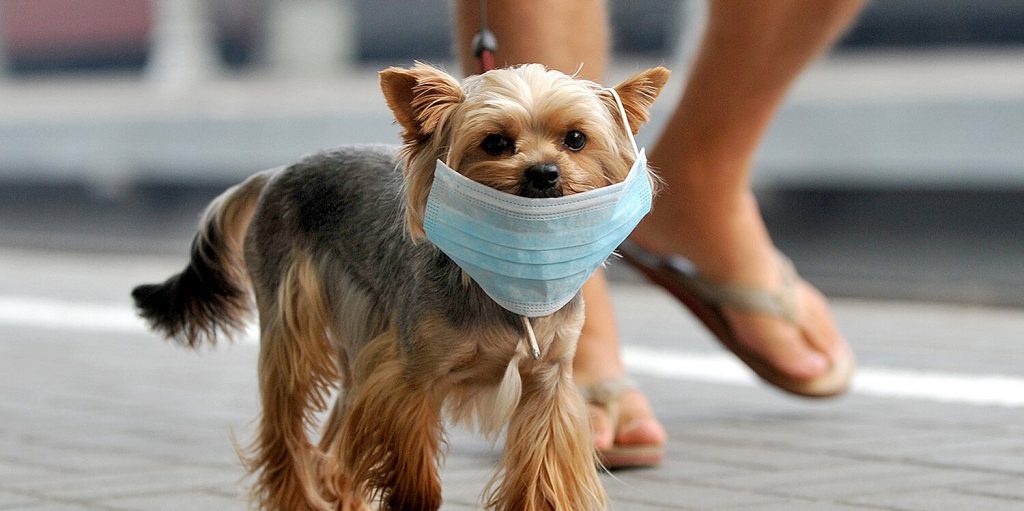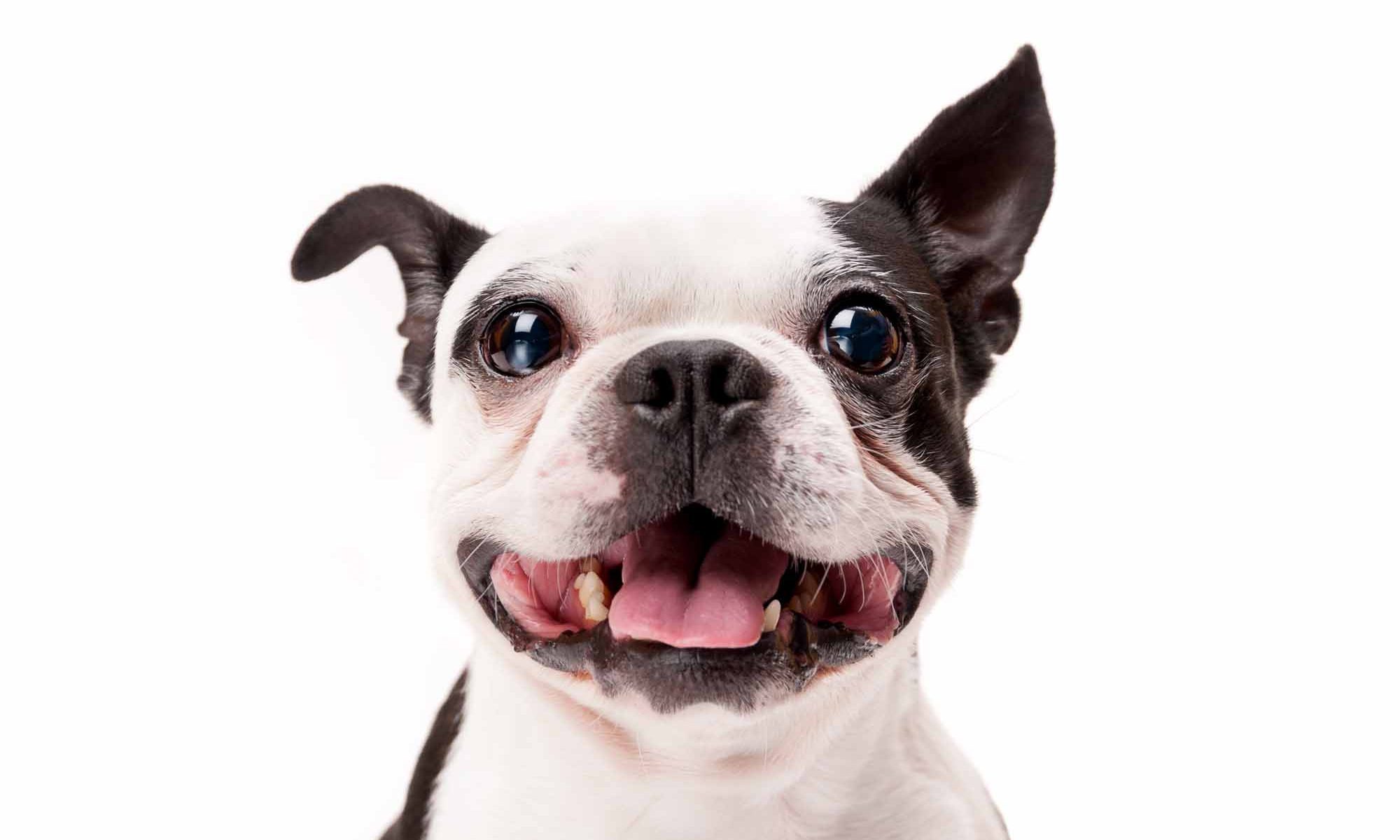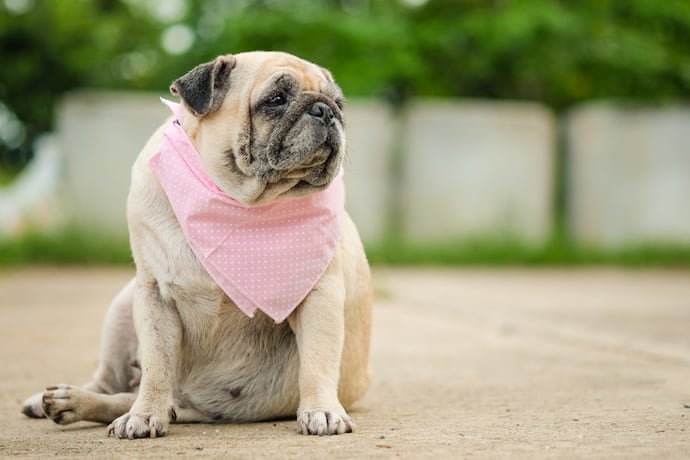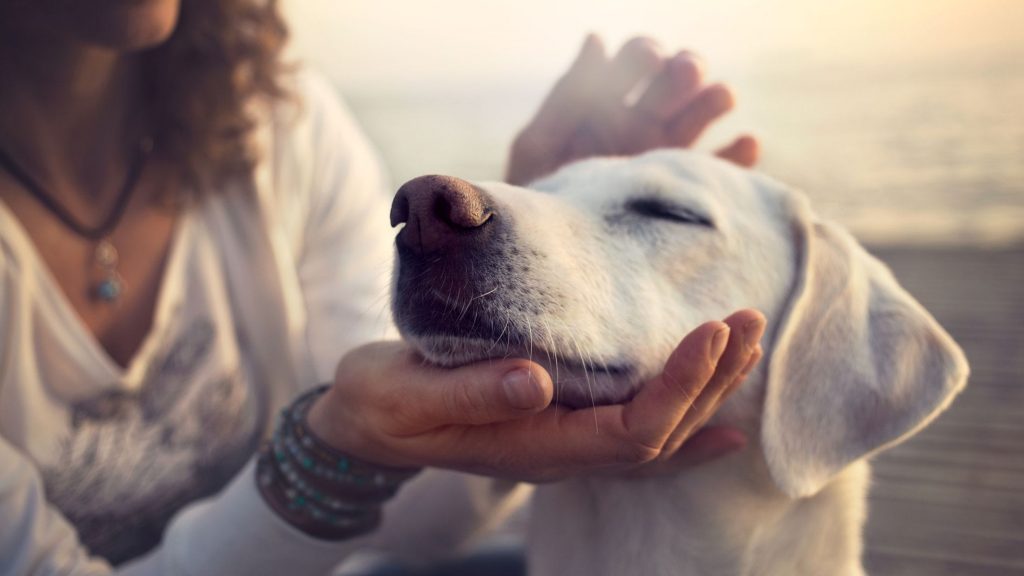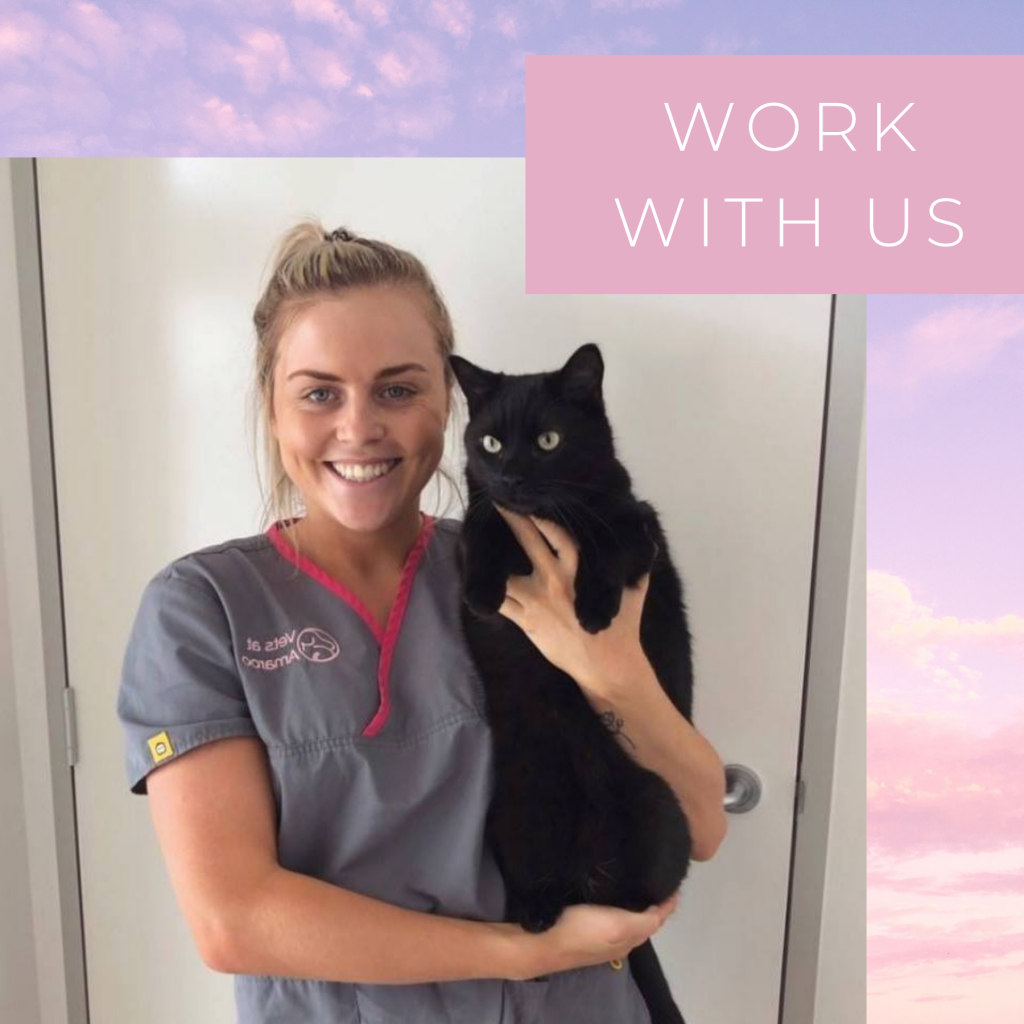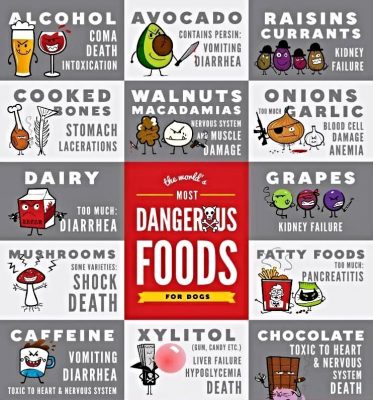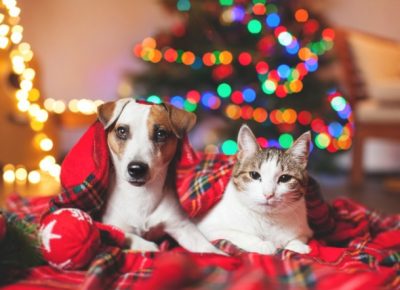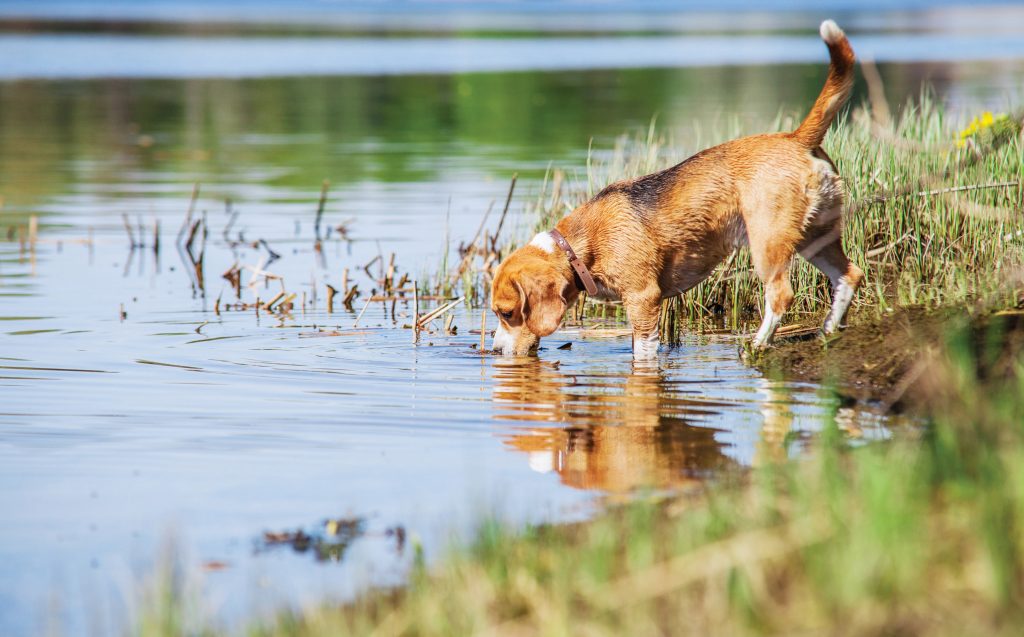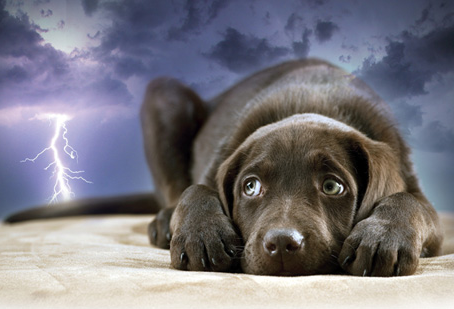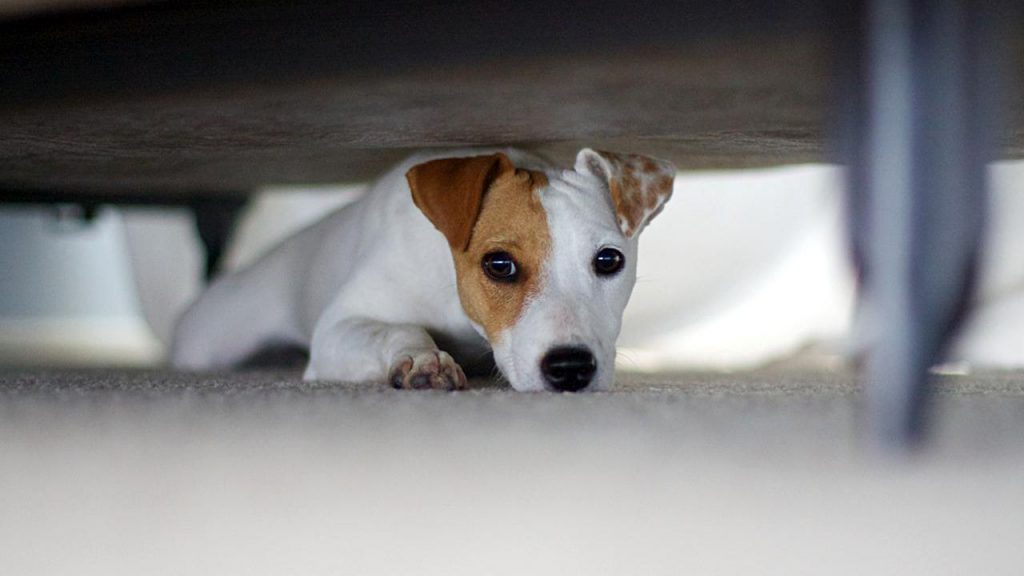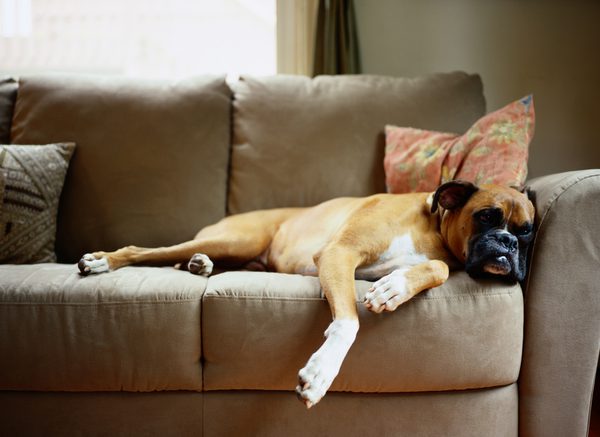Unfortunately, most veterinarians will tell you that Christmas is typically a very busy time of year at any emergency veterinary hospital. So with Christmas upon us again, here are some tips for keeping your pets safe (and out of your local emergency waiting room) as they join in the festivities.
Here are a few of the common Christmas hazards, posing a threat to your pets health:
Some human foods are just not meant for dogs:
Chocolate, plum pudding, Christmas cake, fruit platters and delicious roasts and stuffing. What could possibly be wrong with sharing that!
Unfortunately, these Christmas goodies can contain ingredients that are dangerous to dogs, including chocolate, sultanas, grapes, raisins, onions, garlic, macadamia nuts and cooked bones.
Signs will depend on the food that has been eaten and can be delayed. For example kidney damage from grapes and raisins may not become apparent until weeks down the track. If your dog has eaten something they shouldn’t have, please speak to a veterinarian immediately.
Alcohol
This is a no-brainer really but there is no safe amount of alcohol for your dog to have. If you suspect your pet has ingested any alcohol please contact your vet. Symptoms can range from vomiting, depression, difficulty walking, slow breathing, collapse and can even progress to coma and death in some extreme cases.
Overindulgence and Pancreatitis
Just a little bit of ham can’t hurt, right? Well, a little here and a little there adds up! Although it’s nice to give your pet a special treat occasionally, we must remember that a little to us can be a lot to them, and eating too much of something outside of their normal diet, especially if high in fat, is a very common cause of illness for them.
Overindulgence can cause stomach pain, vomiting, diarrhoea and pancreatitis (which often requires days of treatment in hospital, and can be fatal). It’s best to avoid the risk at all by asking all guests not to share human food with your pets, despite their best puppy dog eyes.
Don’t underestimate your clever scavenger pup, barbecues should not be left unattended and leftovers/scraps should be removed from the table as soon as the meal is finished.
Noise Anxiety
Parties, fireworks and summer storms make Christmas time hard for dogs who are prone to anxiety. Nobody knows your pet better than you do, always observe your mate closely and look for the subtle signs that they are worried, and take action. Pet’s who suffer from noise or storm anxiety will often become destructive and dig under or jump over fences in order to escape the perceived threat. Not only can this result in your dog becoming lost, they could also sustain injuries whilst escaping, or worse, be hit by a car.
Avoid the stressors where possible, and make sure they always have access to a quiet, safe retreat. Some pets will benefit from medication to help them cope through this period, more details here -> https://www.hallvet.com.au/2020/11/storm-phobia/
The Christmas Tree
Though seemingly harmless, the Christmas tree is the cause for a few common Christmas Emergency Vet visits, including:
• Tummy upsets after chewing pine needles or drinking stagnant Christmas tree water.
• Obstruction or injury to the bowel after tinsel, baubles, ornaments, wrappings or ribbons are eaten.
• Electrocution is a risk if your pooch starts chewing the Christmas tree lights.
Holiday Plants
Popular Christmas plants and flowers such as poinsettias, amaryllis, lilies, hibiscus, Christmas cactus, berries, mistletoe and holly leaves are all poisonous to your pets. Make sure they are out of their reach, as consumption could result in illness or even death.
Batteries & Toys
Swallowed batteries are very dangerous for dogs, causing a range of issues from burning their gut to a life-threatening obstruction or stomach rupture! Batteries are a common addition to Christmas gifts so please ensure they are kept well out of reach of your pooch.
Many toys contain small plastic, rubber or metal parts that, if eaten by a dog, can cause choking or dangerous gastrointestinal blockage requiring immediate surgery.
With a little careful planning, you can ensure your Christmas celebrations will be free of unnecessary trips to the vet. However, if you have concerns after hours during the festive season, please call either:
Canberra Veterinary Emergency Services in Gungahlin on: 6225 7257 or,
Animal Emergency Centre Canberra in Fyshwick on: 62806344.
We wish you and your furry family a safe and happy holidays!
